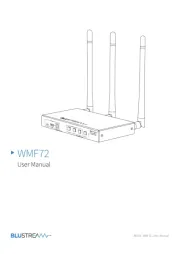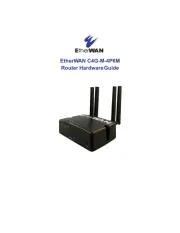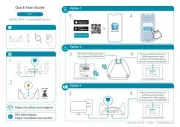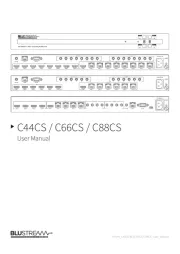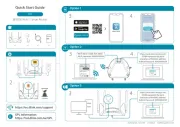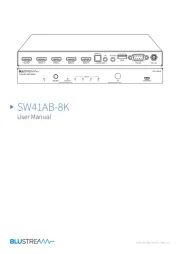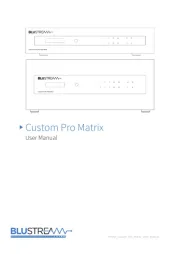
PAGE 1
Transition Networks, Inc.
Worldwide Headquarters:
10900 Red Circle Drive
Minnetonka, MN 55343 USA
tel: 952.941.7600 / 800.526.9267
fax: 952.941.2322
info@transition.com
http://www.transition.com
©2011 Transition Networks, Inc.
All trade marks are the property of their respective owners.
Technical information is subject to change without notice.
PacketBand-ISDN-P
Technical Specifi cation
Main Features
• Product versions supports up to 4 ISDN PRIs
• T1 and E1 ISDN available
• Transmits all data and voice protocols over packet networks
• Totally transparent to all data formats
• All PacketBands and interfaces synchronized
to the same clocks
• SIP Server option for centralized call routing
• Various clocking options with high quality clock recovery
• Any “B” channel can dial any other on the packet network, or
“break-out/in” via a gateway PacketBand to national/international ISDN
• Provides low-cost migration to IP networks for legacy equipment
• Low data overheads
• Confi gurable packet size
• Compensates for “jitter” or packet delay variation
• Re-orders packets
• Very low latency or processing delay
• Four 10/100 Base Ethernet ports; one to WAN and three local Ethernets
• Local Ethernets support Rate Limiting
• Quality of Service (QoS) options
• VLAN Tagging
• T1 Robbed-Bit Signalling available soon - covert between
T1/E1 ISDN and RBS
• Full timeslot cross-connectivity
• Versions support TE and/or NT (connects to a network and local equipment)
• Support for Fractional PRIs
• Euro-ISDN and various ANSI protocols
• E1 to T1 conversion
• a-Law to µ-Law conversion
• Support for contention or over-booking
• Call Progress Tone generation
• Number manipulation/conversion/LCR
• Automatic Primary/Secondary/Tertiary routes
• Routing profi les can be scheduled at different times of the day/week
• ISDN Layer 2 and Layer 3 message capture and log for analysis
• Easy and intuitive to confi gure via GUI management package
• Compact table-top with optional rack-mount extenders
• Approved (Telecoms, Emissions, Safety)
• RoHS compliant
The PacketBand-ISDN-P delivers transparent switched PRI ISDN
synchronous data services across asynchronous packet networks
for PRI interfaces.
Packet
Network
PABX
PRI Ports
PRI Ports
PRI Ports
ISDN Phone
Encriptor
MUX
ISDN Network
Encriptor
PABX
(For BRI units see the PacketBand-ISDN-B range)
(For non-switched TDM services see PacketBand-TDM.)


